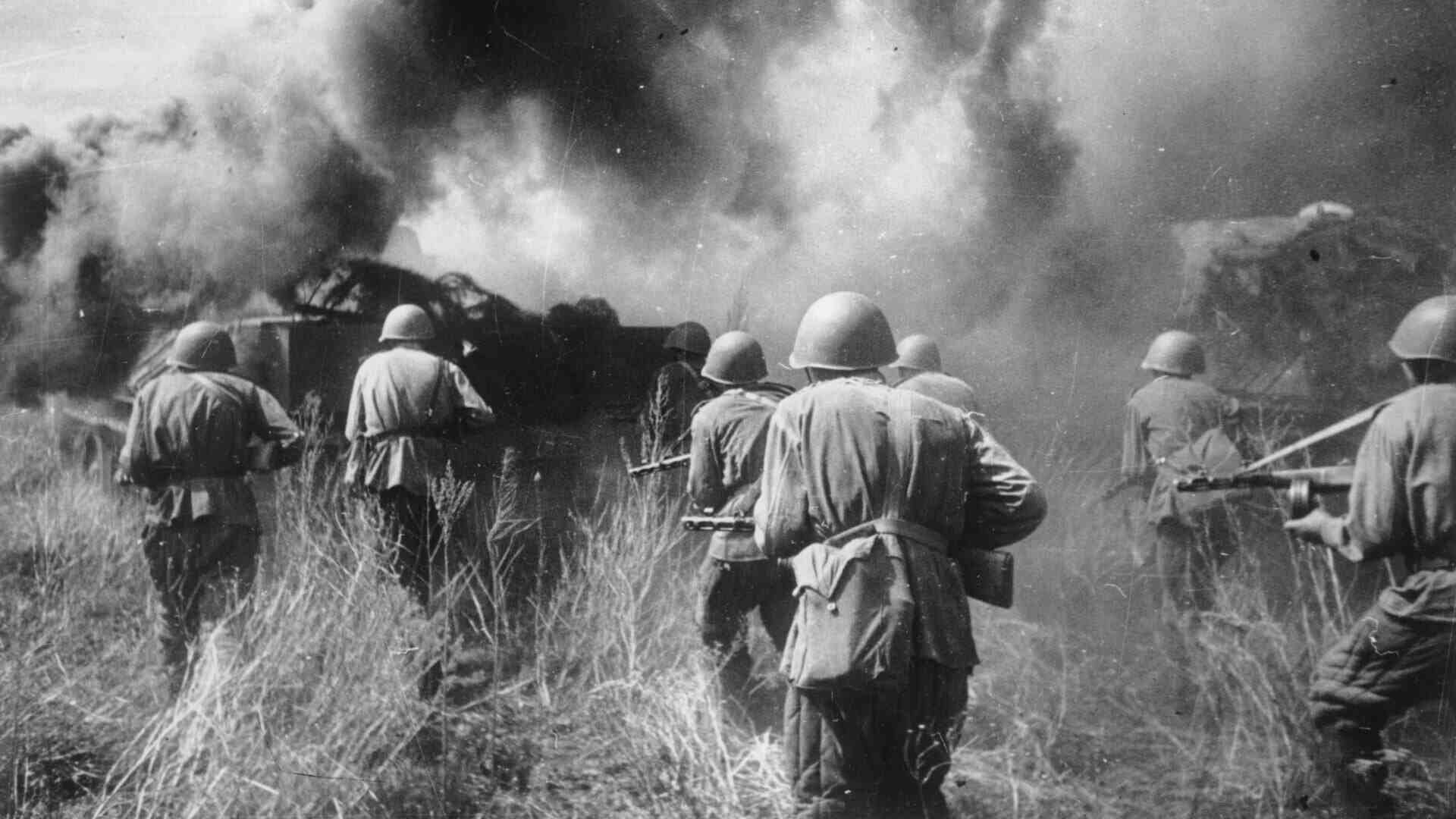
“The Rise and Fall of the Axis Powers” World War II
The Axis Powers, a coalition led by Nazi Germany, Fascist Italy, and Imperial Japan, dominated the early years of World War II with aggressive expansionism. Hitler’s territorial ambitions in Europe, Mussolini’s desire to revive the Roman Empire, and Japan’s quest for Asian dominance fueled a series of conquests that threatened global stability.
Their initial successes were undeniable. Germany’s blitzkrieg tactics carved through Europe, while Japan’s surprise attack on Pearl Harbor crippled the American Pacific Fleet. By late 1941, the Axis controlled vast swathes of territory. However, their hubris and strategic miscalculations proved fatal.

The German invasion of the Soviet Union in 1941 became a brutal quagmire. The harsh Russian winter and fierce Soviet resistance inflicted heavy losses on the German army. Meanwhile, the Allies – including the United States, Britain, and the Soviet Union – began to mobilize their industrial might and manpower.
Turning points like the Battles of Stalingrad and Midway marked the beginning of the Axis decline. Allied forces launched a multi-front offensive, pushing back German and Japanese forces across Europe and the Pacific. The tide had turned decisively.
By 1945, facing relentless pressure and dwindling resources, the Axis powers surrendered unconditionally. Their defeat ushered in a new world order and a solemn vow to prevent such devastation from ever happening again.
